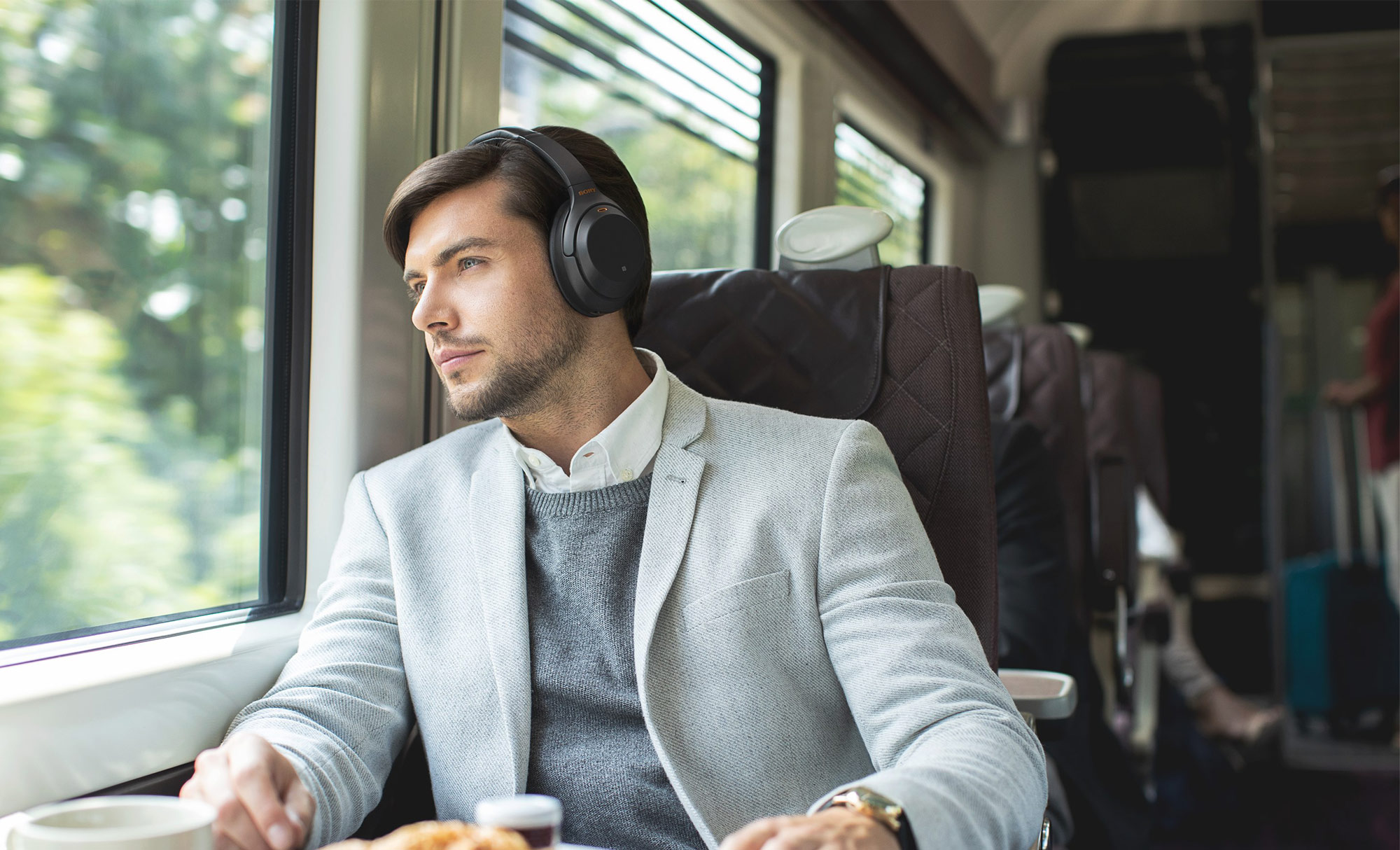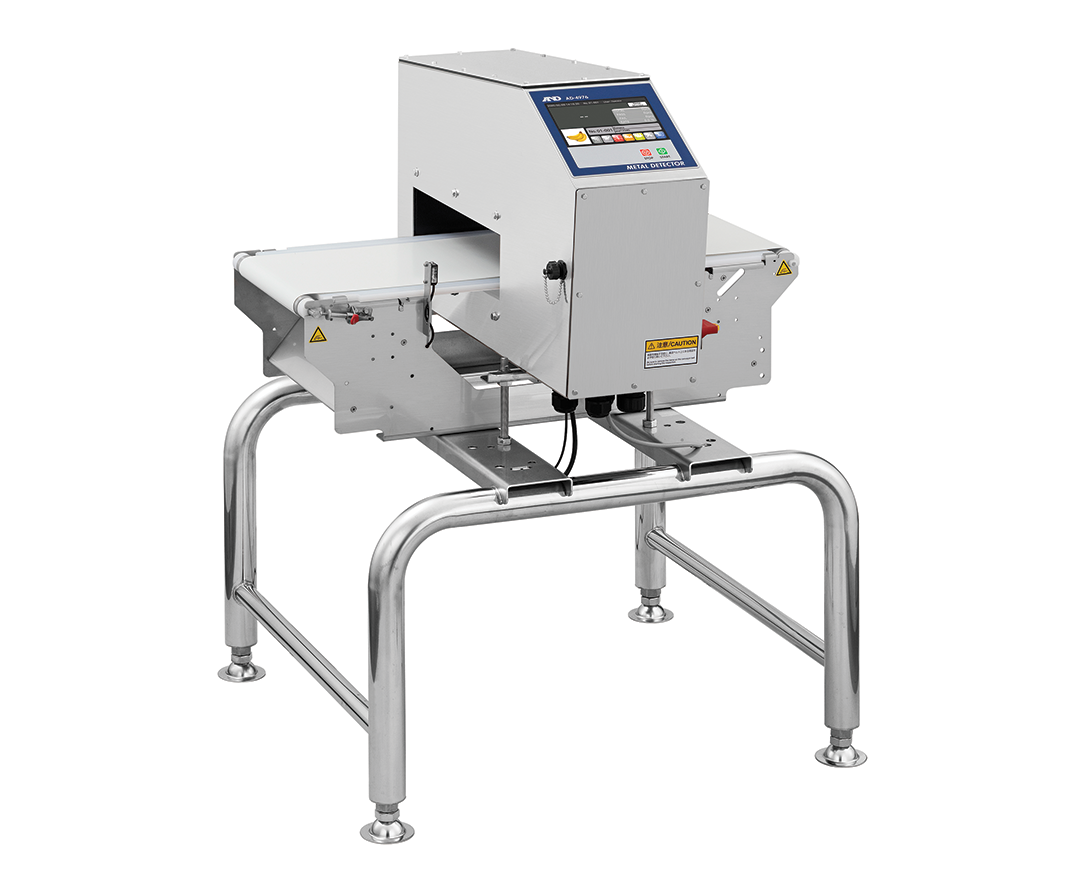When it comes to choosing headphones, one of the key decisions you’ll face is whether to go for open-back or closed-back headphones. Each type has its unique characteristics, catering to different preferences and situations.
Differences between open-back and closed-back headphones
Understanding Open-Back Headphones:
Open-back headphones are known for their unique design, featuring ear cups with grilles that allow air and sound to pass through. This design creates an open acoustic environment, resulting in a more natural and spacious sound experience. Open-back headphones are favoured by audiophiles and studio professionals for their accurate sound reproduction.
Advantages of Open-Back Headphones:
Sound Quality: Open-back headphones generally offer a more expansive and natural soundstage. The open design prevents sound waves from reflecting inside the ear cups, creating a more immersive and authentic listening experience.
Comfort: Due to the open design, heat buildup is reduced, and the sensation of “wearing” headphones is often lighter. This can be particularly beneficial during long listening sessions.
Audio Accuracy: Open-back headphones are often praised for their ability to provide a more accurate representation of the source audio. This makes them ideal for critical listening, mixing, and mastering tasks in professional studios.
Drawbacks of Open-Back Headphones:
Sound Leakage: Since the ear cups are not sealed, sound leaks out, and ambient noise can seep in. This makes open-back headphones less suitable for use in noisy environments or in public places.
Lack of Isolation: Open-back headphones do not provide the same level of isolation as closed-back headphones. This means you may be more aware of your surroundings, which can be either an advantage or a drawback depending on the context.
Understanding Closed-Back Headphones:
Closed-back headphones, on the other hand, feature sealed ear cups that isolate the listener from external noise. This design creates a confined acoustic space, directing the sound directly into the listener’s ears.
Advantages of Closed-Back Headphones:
Noise Isolation: Closed-back headphones excel at isolating the listener from external noise. This makes them an excellent choice for use in noisy environments or when you don’t want to disturb those around you.
Reduced Sound Leakage: The sealed design minimizes sound leakage, allowing you to enjoy your music without bothering people nearby. This makes closed-back headphones more suitable for use in shared spaces.
Versatility: Closed-back headphones are versatile and well-suited for various applications, including commuting, travel, and casual listening. They are a popular choice for those who need a pair of headphones for everyday use.
Drawbacks of Closed-Back Headphones:
Soundstage Limitations: Closed-back headphones often have a more limited soundstage compared to their open-back counterparts. This may result in a less spacious and natural sound experience.
Heat Buildup: The sealed ear cups can trap heat, leading to a warmer sensation during extended use. This may be a consideration for those who plan on wearing headphones for extended periods.
Choosing the Right Type for You:
The decision between open-back and closed-back headphones ultimately comes down to your preferences, use cases, and the environment in which you’ll be using them.
For Critical Listening and Studio Use: If you prioritize audio accuracy and have a controlled listening environment, open-back headphones are a great choice.
For Commuting and Everyday Use: If you need headphones for on-the-go use, in noisy environments, or in shared spaces, closed-back headphones are more practical due to their noise isolation and reduced sound leakage.
For a Blend of Both: Some headphones are designed with semi-open or semi-closed back configurations, offering a compromise between the advantages of both open-back and closed-back designs.
3 Best Closed back Headphones:
1. Audio-Technica ATH-AWAS Audiophile Closed-back
Features:
- 53 mm drivers
- 6N-OFC (high-purity, oxygen-free copper) voice coils
- D.A.D.S. (Double Air Damping System)
- One cable has a 6.3 mm gold-plated stereo plug for use with standard audio equipment. The other cable features a 4-pin XLRM balanced connector for use with the latest high-fidelity equipment to achieve better channel separation.
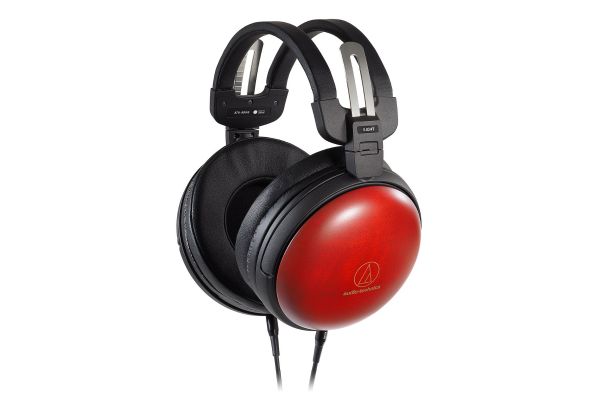
Features:
- Compact design
- Powerful transducer
- High noise isolation
- Comfortable
- Durable metal headband
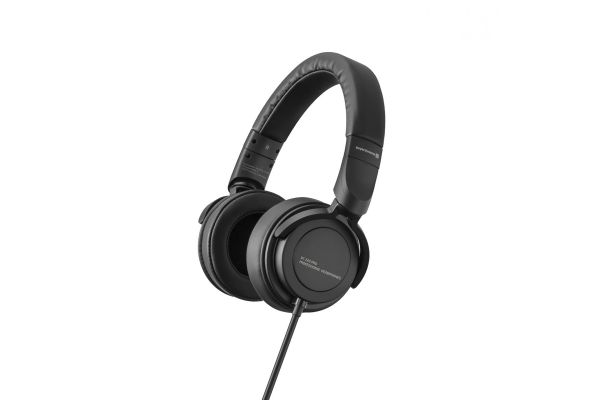
3. Focal Stellia Closed Back Headphone
Features:
- M-shape pure Beryllium dome full-range speaker drivers
- reproduction of the lowest sound at both very high and very low frequencies
- Best noise soundproofing
- Comfortable
- High quality material

3 Open Back Headphones
Features:
- LCD-X planar magnetic technology used
- Zero distortion
- Used ultra-thin diaphragm
- Comfortable
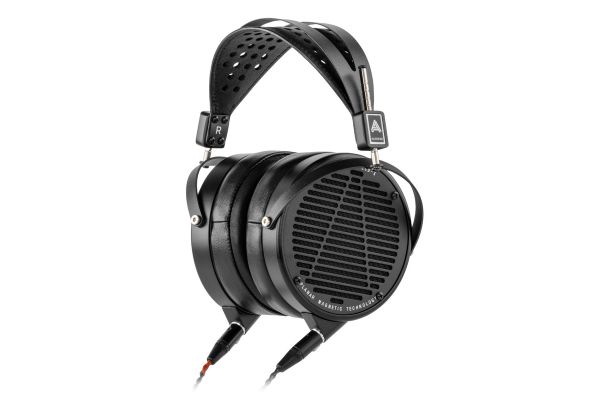
2. Audio Technica ATH-R70x Professional Open Back Headphone
Features:
- Natural sound
- Durable & comfortable
- Carbon composite resin material used
- Dual detachable cable
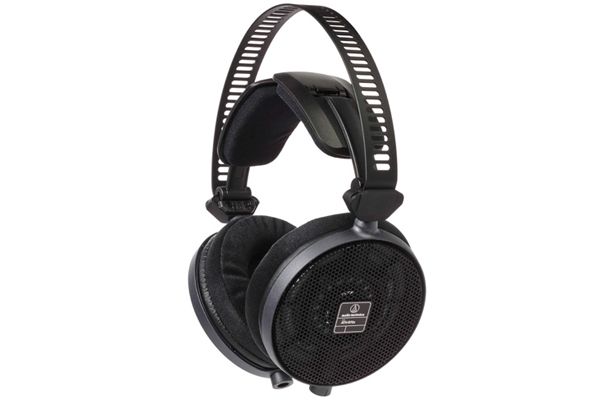
3. Beyerdynamic DT 1990 PRO Open Studio Reference Headphone
Features:
- 250 ohms, 45-mm dynamic Tesla neodymium driver
- 4 Single-sided, detachable cable with mini-XLR connector
- Soft, replaceable ear pads and headband for long, drawn-out studio sessions
- Made in Germany
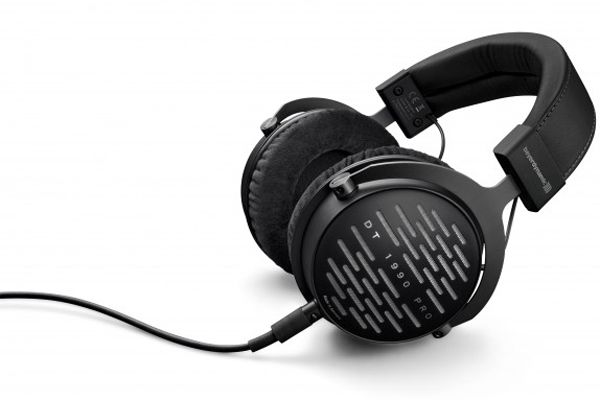
Conclusion
In the open-back vs. closed-back headphones debate, there is no one-size-fits-all answer. The choice depends on your individual preferences, listening habits, and the environments in which you’ll use them. Consider the advantages and drawbacks of each type, and you’ll be better equipped to make an informed decision that aligns with your audio needs. Whether you’re a meticulous audiophile, a frequent traveler, or an everyday listener, the perfect pair of headphones awaits, tailored to your unique preferences.


